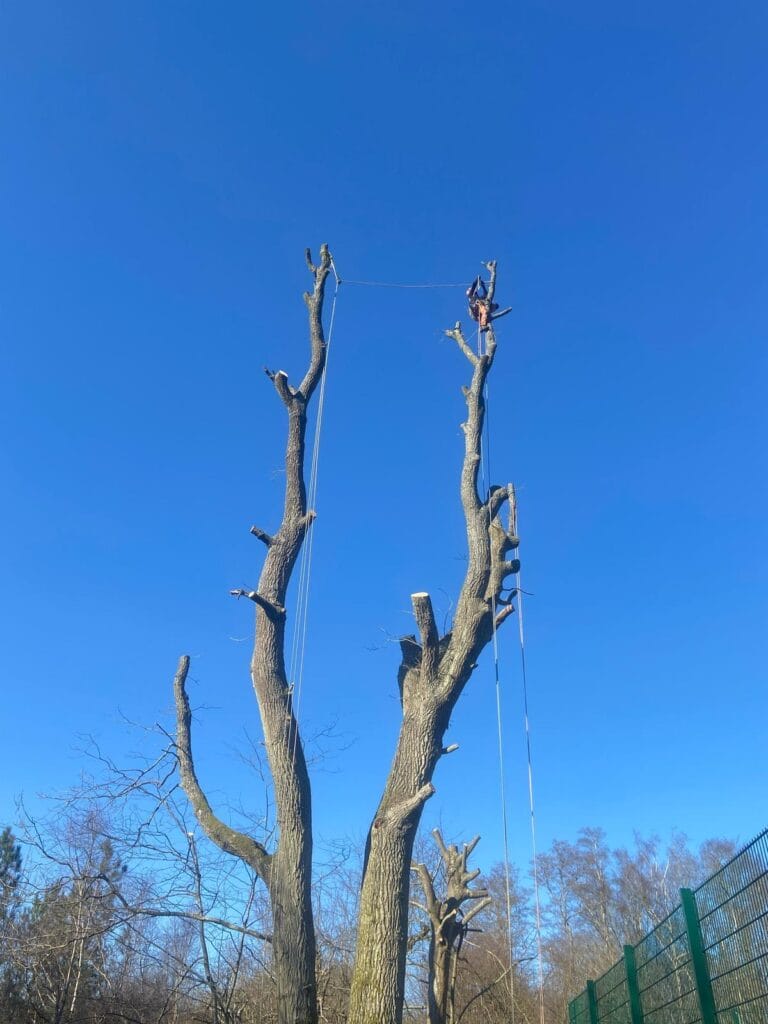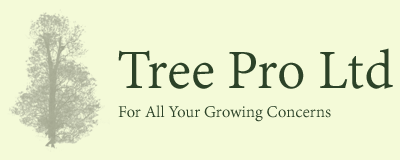Trees add immense beauty, shade, and value to any property. But just like any living organism, they require care, attention, and sometimes professional help. Knowing how to tell if your tree needs to be visited by a Tree Surgeon is key to preventing hazards and maintaining the health of your landscape.
At Tree Pro, we believe in proactive tree care. Here’s a guide to help you recognise when it’s time to call in a professional tree surgeon to protect your property, your family, and the tree itself.
1. Visible Signs of Disease
One of the most common reasons people ask how to tell if your tree needs to be visited by a Tree Surgeon is the appearance of disease. Here are some symptoms to watch for:
- Discoloured, spotted, or wilted leaves
- Unseasonal leaf drop
- Fungal growth like mushrooms around the trunk or roots
- Cankers or lesions on the bark
Diseases such as ash dieback, Dutch elm disease, or sudden oak death can spread quickly. A tree surgeon can diagnose the issue and apply appropriate treatment or removal strategies.
2. Dead or Dying Branches
Dead branches are more than just unsightly—they can be dangerous. Branches that no longer have leaves during the growing season or those that snap easily under light pressure are signs of decay. If a large portion of the canopy is dead or sparse, you’re likely dealing with a serious issue.
This is a key point in how to tell if your tree needs to be visited by a Tree Surgeon. A certified professional can safely remove hazardous branches and assess the overall health of the tree.
3. Leaning or Unstable Structure
While some trees naturally lean as they grow toward the light, a sudden or increasing lean could indicate root damage or structural instability. This becomes especially concerning after storms or heavy winds.
If your tree has recently started leaning or you notice cracks at the base, it’s time to consult a tree surgeon immediately. Part of knowing how to tell if your tree needs to be visited by a Tree Surgeon is recognising when the structural integrity of the tree is compromised.
4. Cracks in the Trunk or Bark
The trunk is the main support system for a tree. Deep vertical cracks, large wounds, or areas where bark is missing can all be signs of internal decay. These can lead to failure of major limbs or even the entire tree.
Regularly inspecting your tree for these signs helps you determine how to tell if your tree needs to be visited by a Tree Surgeon before it’s too late.
5. Root Damage or Soil Changes
Healthy roots mean a healthy tree. Unfortunately, root issues often go unnoticed until significant damage occurs. Signs of potential root problems include:
- Fungal growth at the base of the tree
- Uplifted soil
- Reduced growth or leaf production
- Decline in nearby vegetation
Construction work, digging, or heavy foot traffic can also damage roots. If you’ve recently altered the landscape, keep an eye on your trees and consider having them inspected.
6. Pest Infestations
Insects like wood-boring beetles, aphids, and caterpillars can cause major problems for trees. If you notice holes in the bark, sawdust at the base, or sticky residue on leaves, it’s worth calling in a professional.
Understanding how to tell if your tree needs to be visited by a Tree Surgeon includes identifying the signs of insect activity before infestations become unmanageable.
7. Storm Damage
High winds, heavy snow, or lightning strikes can leave trees in a weakened state. Even if damage isn’t immediately visible, internal harm may still exist. If your tree has been through a severe weather event, it’s wise to get it checked out.
Storm damage is a classic scenario for how to tell if your tree needs to be visited by a Tree Surgeon, especially to prevent future hazards.
When in Doubt, Call Tree Pro
If you’ve spotted one or more of the issues above, don’t wait. Early intervention is the best way to protect your trees and property. At Tree Pro, our experienced tree surgeons are trained to diagnose problems and recommend the best course of action—whether it’s pruning, treatment, or removal.
Knowing how to tell if your tree needs to be visited by a Tree Surgeon doesn’t have to be complicated. Just keep an eye out for the warning signs, and contact a professional as soon as something seems off.
Final Thoughts
Trees are resilient, but even they need a little help sometimes. Whether you’re dealing with disease, decay, pests, or storm damage, understanding how to tell if your tree needs to be visited by a Tree Surgeon can save you time, money, and potential danger down the line.
If you’re unsure or just want peace of mind, contact Tree Pro today. Let’s keep your trees healthy, safe, and beautiful for years to come.


